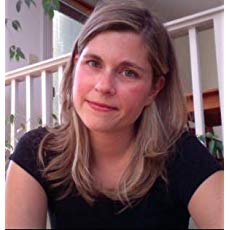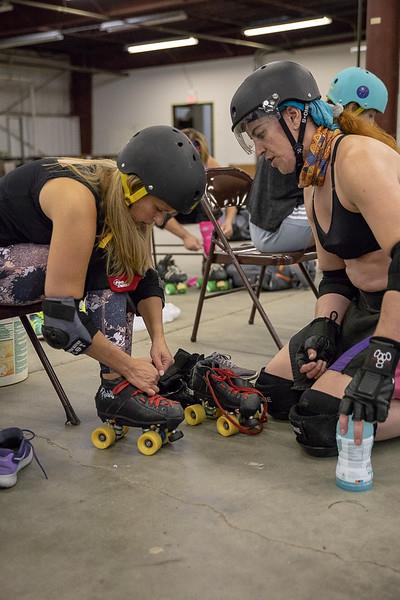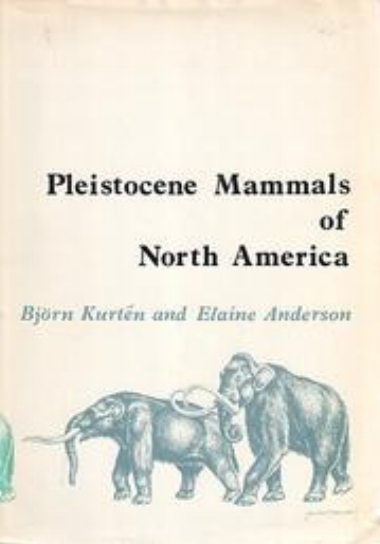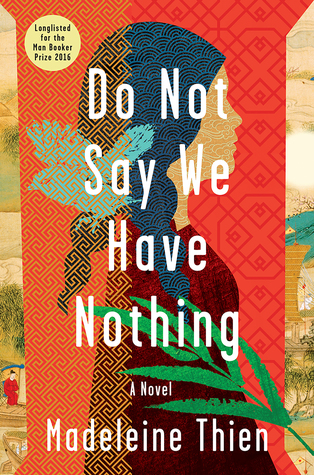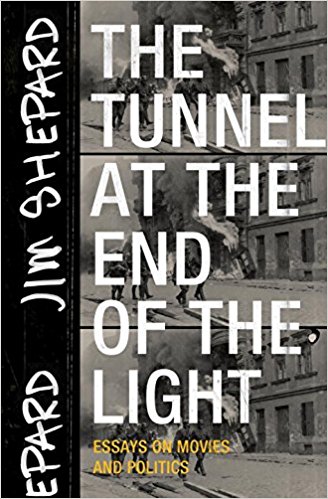Faculty Spotlight: Jo Knowles
Award-winning author and Mountainview MFA Faculty Jo Knowles has written several popular YA novels, including Lessons from a Dead Girl, Jumping Off Swings, and Read Between the Lines. Her newest book, Where The Heart Is, is set to be published in April 2019. She took time out from her hectic schedule to answer a few questions about her childhood, her career, and what motivates her.
—WL
You wrote that you grew up in a small NH town complete with all the trappings of farm life: dogs and cats, a chicken or two, horses, and a beloved pony (and here, being a city kid myself, I’m also imagining checkered tablecloths and sweating pitchers of iced tea, very-early mornings and muddy boots by the backdoor). How do you think growing up in that environment affected your outlook and your writing?
JK— When you describe it this way, my life sounds so quaint! I guess in some ways it was. But underneath that, there was a lot of financial instability. The muddy boots were not fancy ones from LL Bean but most likely hand-me-downs times three. My parents ran a restaurant when I was young and it seemed they were always working and struggling to make a go of it. Then, there were various other business ventures my dad tried that didn't always pan out. As a quiet kid who observed and absorbed just about everything, I took on the worries of the people I loved. I don't know that what appears to be a simple life ever really is.
You decided pretty early on that YA (young adult) literature was the genre that most interested you. What was it about YA you found so appealing?
JK— Of all the literature I read, I find YA the most honest. I like words that bite and challenge and tell the truth. Realistic fiction for young adults is probably the most brave I've read. I also think it changes the most lives. I know it changed mine for the better. The books I read as a teen helped me be more thoughtful, have empathy for others, think more about people outside my own small world, and consider how to live more kindly and with more purpose.
How are you able to get into the minds of teens, both male and female, so convincingly?
JK— That feels like a heady question to answer. I try hard to be honest--as honest as the books that moved me as a teen were. That's the key, I think.
Your first book, Lessons From a Dead Girl, the story about a challenging and somewhat fraught friendship, was published in 2007. How long did it take you to finish, from idea to completion, and what are some of the lessons you picked up along the way?
JK— It's been so long I'm not sure how long it took, but I'm going to guess it was several years from the start to the completion and sale. One editor who showed interested asked for revisions and provided encouragement over a two-year period, but ultimately she passed. There was a similar time table with the editor who ultimately bought the book and published it. So yes. SEVERAL years. But I learned a lot about revision in this process. I learned how to work with an editor, to process feedback in a way that kept the book "mine" even when massive changes were required.
Your books, filled with humor and pathos, explore some intense subject matters: abusive friendships, eating disorders, unwanted pregnancies, and more. How do you navigate these complex issues and distill them for your core audience of teens and pre-teens? Or is age even something you consider?
JK— I really don't think about the age of my readers. My goal is to tell a story as honestly as possible. Awful things happen to kids of all ages, yet until fairly recently, books for younger readers rarely reflected that reality. The real world is far, far more cruel than the world of fiction.
As both an established author and writing teacher, is there one mistake or area for improvement you see consistently in new writers that you would like to caution them on?
JK— I think sometimes people get ahead of themselves and get publishing on the brain before doing the necessary hard work. Like any fine craft, it can takes years to learn to write well and find your own unique voice. Subbing to agents for a six months is nothing. It's not unusual for 5-10 years to pass before a first sale! But I've seen so many students give up after sending things out for just a few months. This is a tough business and the only way to succeed is to keep working—whether that means revising and rewriting, or starting new projects while subbing out a current work. Always be writing and creating. When you need a writing break, read a ton, learn, get inspired, and get back to it.
Who are some authors who have inspired you?
JK— The most influential author in my early days was Robert Cormier. His books were achingly true. They made me feel less alone. He seemed to know and not be afraid of telling his readers what life was really like.
You’re a best-selling author, adored by young readers , so it’s obvious you’ve found your calling, but in a parallel universe somewhere, what would a Jo Knowles be doing if she had taken a different path?
JK— Haha. I love that you have such a view of my "success." I don't think I've ever seen myself that way! Someone asked me recently what the perfect life looked like and I guess I don’t really believe in perfection that way. I try instead to be grateful for the people in my life, the opportunities I have to do good work (whether that's speaking with kids and hopefully inspiring them to be their best selves and help shape a better world for themselves, doing volunteer work, or writing stories I hope will resonate with kids who need them). I hope that in a parallel universe, I'm essentially doing the same thing, even if via a different approach.
credit: Twin State Derby/Lazy Lobo Photo
Okay—and thank you for doing this—one last thing I just have to ask: Roller Derby?
JK— Yup!
Thanks, Jo! And be sure to pick up her much-anticipated novel Where the Heart Is, on sale April 2, 2019.


